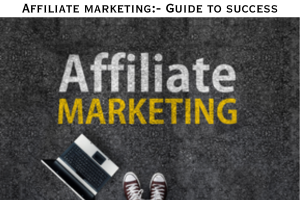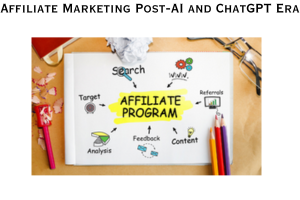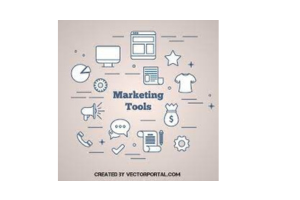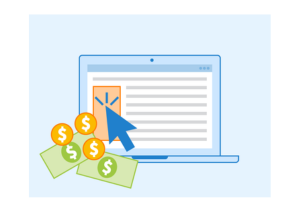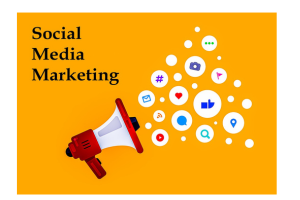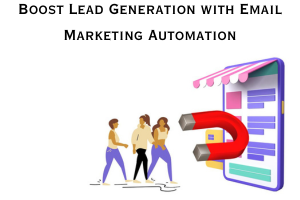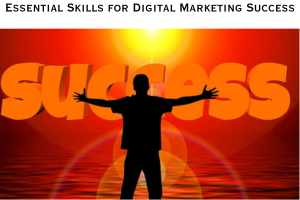Affiliate Marketing Opportunities for New Instagrammers: A Comprehensive Guide to Success
Are you a new Instagrammer looking to monetize your passion and build a successful online presence? Affiliate marketing can be a game-changer for you. By partnering with brands and promoting their products or services, you can earn commissions for every sale or referral generated through your unique affiliate links. In this comprehensive guide, we will explore the exciting opportunities that affiliate marketing offers to new Instagrammers. From establishing your niche to implementing effective strategies, this article will help you kick-start your affiliate marketing journey on Instagram.
-
- Define Your Niche and Target Audience:
To stand out in the competitive Instagram landscape, it’s crucial to define your niche and target audience. Identify your passions, interests, and expertise and align them with market demand. Research trending topics, hashtags, and popular accounts within your niche. By specializing in a specific area, you can establish yourself as an authority and attract a dedicated audience interested in your content and recommendations.
-
- Build a Strong and Engaged Following:
While you may be starting with no followers, you can rapidly grow your Instagram following by implementing effective growth strategies. Create high-quality, visually appealing content that resonates with your target audience. Utilize relevant hashtags to expand your reach and engage with other users within your niche. Collaborate with influencers or participate in Instagram community activities to increase your visibility. Consistency, authenticity, and engaging storytelling will help you attract and retain loyal followers.
-
- Research and Join Affiliate Programs:
Research and identify reputable affiliate programs that align with your niche and target audience. Many brands have their own affiliate programs, while others use established affiliate networks such as Amazon Associates, ShareASale, or Commission Junction. Look for programs that offer competitive commission rates, reliable tracking systems, and a wide range of products or services that match your audience’s interests. Apply to join these programs and leverage the resources and support they provide.
-
- Create Compelling and Relevant Content:
Content is the key to success on Instagram. Develop high-quality, visually appealing content that educates, entertains, and inspires your audience. Showcase the affiliate products or services in an authentic and creative way. Incorporate storytelling, personal experiences, and user-generated content to establish a connection with your followers. Use engaging captions, CTAs (Call to Actions), and compelling visuals to drive interest and encourage your audience to take action through your affiliate links.
-
- Maximize Engagement and Interaction:
Engagement is essential for building a loyal community and increasing conversions. Encourage your followers to interact with your content by posing questions, conducting polls, or hosting giveaways. Respond to comments, messages, and inquiries promptly and genuinely. Cultivate meaningful relationships by engaging with other Instagram users in your niche. By fostering a sense of community and connection, you create trust and loyalty among your followers, increasing the effectiveness of your affiliate marketing efforts.
-
- Monitor Performance and Optimize Your Strategy:
Track the performance of your affiliate marketing campaigns using tracking tools and analytics. Monitor clicks, conversions, and revenue generated from your affiliate links. Identify the most successful products, content formats, and promotional strategies. Use this data to optimize your strategy, refine underperforming campaigns, and invest more in high-converting opportunities. Continuously test and experiment with different approaches to enhance your affiliate marketing effectiveness.
Conclusion:
Affiliate marketing presents immense opportunities for new Instagrammers to monetize their passion and build a successful online presence. A career in digital marketing can be made by defining your niche, building a strong following, researching affiliate programs, creating compelling content, maximizing engagement, and optimizing your strategy, you can unlock the full potential of affiliate marketing on Instagram. Remember to prioritize authenticity, provide value to your audience, and foster meaningful connections. With dedication, consistency, and continuous learning, you can turn your Instagram presence into a lucrative revenue stream and establish yourself as a trusted influencer in your niche. One can also optimize other social media via an offline or online digital marketing course.


